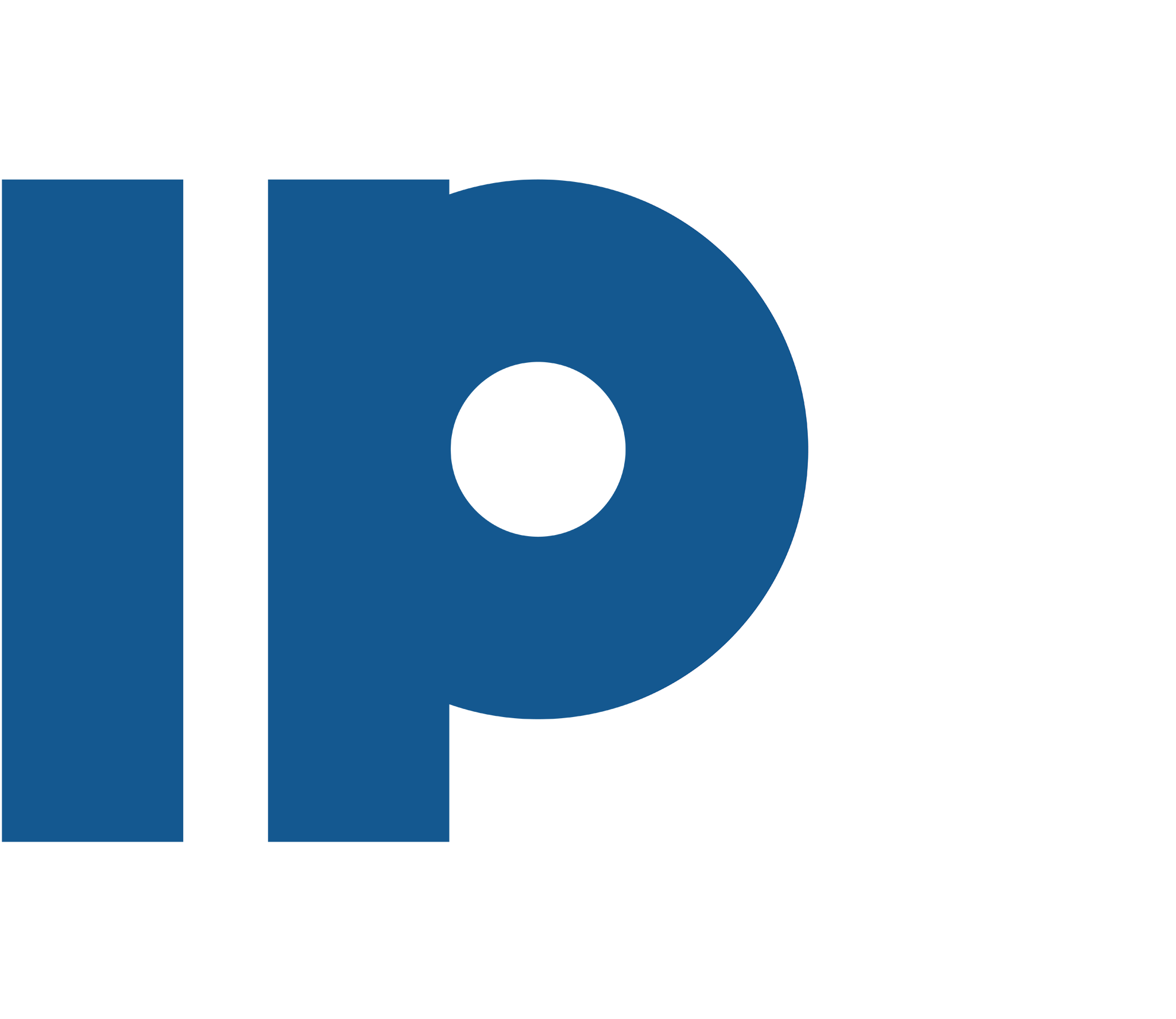У оквиру семинара Центра за фотонику, у среду, 17. априла у 13 часова у читаоници библиотеке „Др Драган Поповић“ предавање под насловом
Bioanalytics using plasmonic nanostructures
одржаће Волфганг Фрицше (Leibniz Institute of Photonic Technology (IPHT))
САЖЕТАК:
Novel requirements for bioanalytical methods emerge due to trends such as personalized medicine or pathogen monitoring in environment and food. Here, innovative tools for diagnostics are needed, to be used outside of dedicated laboratories and with less qualified personnel, at minimal costs. Plasmonic nanostructures promise to provide sensing capabilities with the potential for ultrasensitive and robust assays in a high parallelization, and without the need for marker. Upon binding of molecules, the localized surface plasmon resonance (LSPR) of these structure is changed, and can be used as sensoric readout [1]. This is possible even on a single nanostructure level, using optical darkfield detection introduced more than 100 years ago [2], as demonstrated for DNA detection [3]. In contrast to SPR, LSPR senses only in a very thin layer (on the scale of the particle diameter), resulting in an efficient background suppression [4].
In order to multiplex this approach, an imaging spectrometer based on a Michelson interferometer has been developed, able to readout a whole array of sensors in one step [5]. On the sensor side, microarrays of gold nanoparticle spots were fabricated using spotting of pre-synthesized gold nanoparticles [6]. Such chemically synthesized particles allow for a cost-efficient generation of highly crystalline particles as nanosensors; by using microfluidic approaches, a high quality and reproducibility can be achieved [7]. The functionalization of the various particle spots is realized by spotting thiolized DNA onto each spot separately. Using this approach, a multiplex DNA-based detection of fungal pathogens involved in sepsis was possible [8].
Besides sensing, individual plasmonic nanostructures can be also used to optically manipulate biomolecular structures such as DNA. Attached particles can be used for local destruction [9] or cutting as well as coupling of energy into (and guiding along) the molecular structure upon laser irradiation [10]. The resonance wavelength of these particles can not only manipulated by their inherent properties (material, geometry) or their surrounding, but also by coupling with adjacent metal films due to interferometric effects [11] or gap modes. This effects is also usable for a novel sensing approach by inserting a flow-through channel between particle and the metal film mirror, analyte particle moving through the channel will change the refractive index in the space between particle and mirror and thereby change the LSP resonance observed.
[1] A. Csaki, T. Schneider, J. Wirth, N. Jahr, A. Steinbrück, O. Stranik, F. Garwe, R. Müller and W. Fritzsche, Philosophical Transactions A 369, 3483-3496 (2011).
[2] T. Mappes, N. Jahr, A. Csaki, N. Vogler, J. Popp, W. Fritzsche. Angew Chem Int Ed 51, 11208-11212 (2012)
[3] T. Schneider, N. Jahr, A. Csaki, O. Stranik and W. Fritzsche, J Nanopart Res 15, 1531 (2013)
[4] J. Jatschka, A. Dathe, A. Csaki, W. Fritzsche, O. Stranik. Sensing and BioSensing Research 7, 62-70 (2016)
[5] D. Zopf, J. Jatschka, A. Dathe, N. Jahr, W. Fritzsche, O. Stranik. Biosensors and Bioelectronics 81, 287-293 (2016)
[6] A. Pittner, S. Wendt, D. Zopf, A. Dathe, N. Grosse, A. Csaki, W. Fritzsche, O. Stranik. Analytical and Bioanalytical Chemistry (2019) accepted
[7] Thiele M, Soh J Z E, Knauer A, Malsch D, Stranik O, Müller R, Csáki A, Henkel T, Köhler J M and Fritzsche W 2016 Chemical Engineering Journal 288 432–40
[8] D. Zopf, A. Pittner, A. Dathe, N. Grosse, K. Arstila, J. Toppari, W. Schott, D. Dontsov, G. Uhlrich, W. Fritzsche, O. Stranik. ACS Sensors (2019) in revision
[9] A. Csaki, F. Garwe, A. Steinbrück, G. Maubach, G. Festag, A. Weise, I. Riemann, K. König and W. Fritzsche, Nano Letters 7 (2), 247-253 (2007).
[10] J. Wirth, F. Garwe, G. Haehnel, A. Csaki, N. Jahr, O. Stranik, W. Paa and W. Fritzsche, Nano Letters 11 (4), 1505-1511 (2011).; J. Toppari, J. Wirth, F. Garwe, O. Stranik, A. Csaki, J. Bergmann, W. Paa, W. Fritzsche, ACS Nano 7, 1291-1298 (2013); J. Wirth, F. Garwe, J. Bergmann, W. Paa, A. Csaki, O. Stranik, W. Fritzsche. Nano Letters 14, 570-577 (2014)
[11] J. Wirth, F. Garwe, R. Mayer, A. Csaki, O. Stranik, W. Fritzsche: Nano Letters 14, 3809-3816 (2014)




